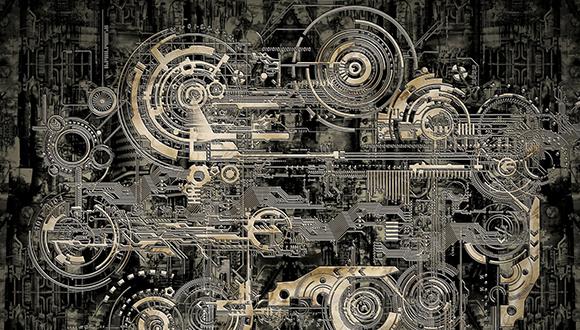Inception and evolution of attached and shear layer intermittent cavitation : 20.5.20
~~
"ZOOM" SEMINAR
Wednesday May 20th , 2020
Inception and evolution of attached and shear layer intermittent cavitation
Dr. Omri Ram
Department of Mechanical Engineering, Johns Hopkins University, Baltimore, MD, USA
~~~~Cavitation adversely affects the performance and efficiency of pumps, propellers, and turbines, causing erosion, significantly increased noise levels, and, in extreme cases, complete system failure. Even so, there is limited knowledge of the mechanisms underlying the inception of cavitation and how its evolution is influenced by the surrounding flow field. Experimentally probing the flow in the inception regime is an ongoing challenge due to the extremely fast growth and collapse of bubbles, as well as complex bubble-bubble and bubble-flow interactions. Accordingly, we used a combination of high-speed imaging and highly resolved flow measurements to study the inception of attached cavitation near curved smooth surfaces and shear-layer cavitation behind a back-facing step. In both cases, cavitation was instigated when free-stream nuclei approached locations where there was minimum pressure. On curved surfaces, isolated attached cavities formed intermittently, prior to quickly collapsing into microbubbles. We found that in cases characterized by high adverse pressure gradients (downstream of the pressure minimum), some of the microbubbles randomly migrated upstream and laterally inside the low momentum zone of the thickened boundary layer. Some of these microbubbles eventually cavitated, acting as a prominent source of new cavitation. This explains how attached cavitation can become relatively insensitive to the free-stream nuclei population – a phenomenon that has been well recognized but previously unexplained. In shear layers, cavitation incepts as elongated vapor strings in the core of quasi-streamwise vortices, forming intermittently between the primary spanwise vortices. Accordingly, we conducted time-resolved volumetric flow measurements to characterize the temporal evolution of the quasi-streamwise vortices and to calculate the pressure in and around them for the first time. Statistical analysis of the data showed that quasi-streamwise vortices were more likely to be stretched axially compared to the rest of the sample volume, and pressure minima are more likely to be located and last longer there. These trends become more pronounced as the Reynolds number increases, offering an explanation for why high Reynolds number flows are more susceptible to cavitate (recorded in previous studies).
Bio: Omri Ram is a Postdoctoral Fellow in the Laboratory for Experimental Fluid Dynamics at the Department of Mechanical Engineering at Johns Hopkins University, since 2017. He earned his BSc (2011), MSc (2013), and PhD (2017) degrees from the Department of Mechanical Engineering at Ben-Gurion University of the Negev in Beer-Sheva. His research expertise includes: attached and shear layer cavitation, how shock and blast waves interact with porous media, shock-wave reflection phenomena, pollutant dispersion in aquatic environments, and the development of experimental methods in fluid mechanics.


